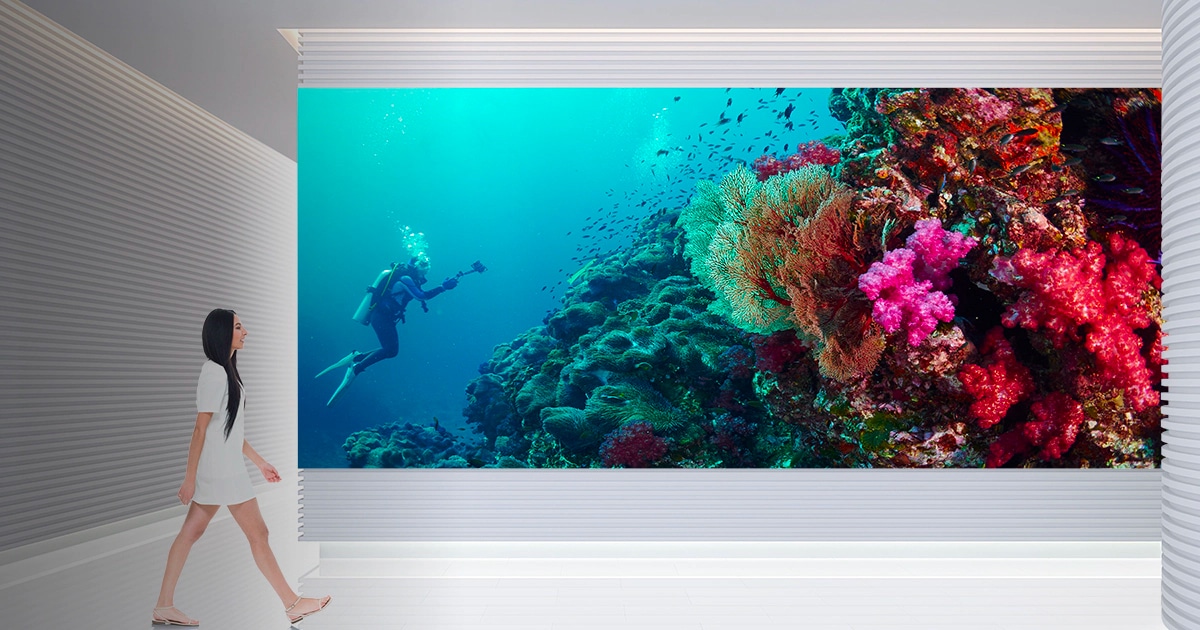Investigating the Durability of LED Display Panels in Contrast to Traditional Display Methods
Investigating the Durability of LED Display Panels in Contrast to Traditional Display Methods
Blog Article
LED panel panels have grown increasingly favored in recent times, especially in settings like educational institutions, corporate spaces, and public areas. These panels use light-emitting diodes (LEDs) to produce vivid and lively visuals. One of the most significant advantages of LED technology is its durability compared to conventional screen methods, such as CRT tube monitors (CRTs) and liquid crystal screens. Grasping the differences in lifespan and performance between these options can help consumers make knowledgeable decisions about their screen requirements.
Traditional display methods, like CRTs, have been present for many years. They were commonly used in TVs and computer screens. However, CRTs have a shorter lifespan, generally lasting around 10,000 to 20,000 hrs of use. This means that after a couple of years, users may observe a decline in image clarity, such as dimming or hue deformation. In contrast, LED panel screens can last significantly longer, often exceeding 50,000 hours. This extended duration means that users can experience consistent performance without the need for regular substitutions.
Another important aspect original site to take into account is energy efficiency. LED wall panels consume less power than conventional displays, which not only helps the ecosystem but also reduces electricity expenses. For instance, while a CRT monitor may use approximately 100 watts of power, an LED panel can use as little as 30 to 50 W. This difference in energy usage adds to the overall longevity of LED innovation, as reduced power usage generates less thermal energy. Excessive heat can harm electrical parts, leading to a reduced duration for traditional screens.
In furthermore to their longer lifespan and power efficiency, LED panel screens also offer enhanced visual clarity. They provide brighter hues and improved contrast, making them ideal for multiple applications, from advertising to learning displays. The innovation behind LED screens enables for a wider viewing angle, meaning that visuals stay sharp and vibrant even when viewed from the side. This is a major benefit over traditional displays, which frequently experience from color distortion and reduced luminosity at broader perspectives.
In conclusion, the longevity of LED wall screens compared to conventional display technologies is a key aspect for buyers to consider. With lifespans that can exceed 50,000 hrs, power conservation, and enhanced image quality, LED innovation provides many benefits. As innovation continues to progress, LED wall panels are likely to become even more prevalent in multiple environments. Grasping these distinctions can help individuals and entities make improved decisions when investing in display innovation, guaranteeing they get the optimal worth for their needs.